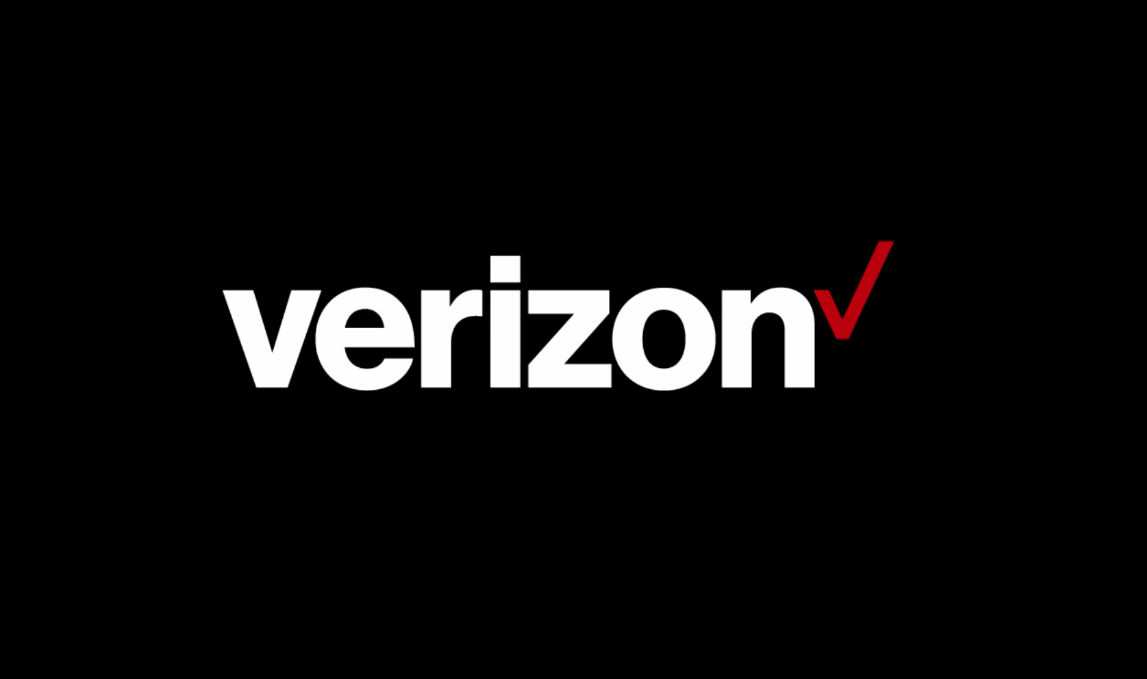Verizon Increases SMS-MMS Marketing Rates

On the 1st of July, 2017, Verizon, arguably one of the biggest wireless carriers in the United States announced that they had decided to increase their text messaging and multimedia messaging marketing rates. This news took the digital marketing world by storm because Verizon users constitute a considerable percentage of the people being texted from marketing shortcodes in the United States. Some of the other major carriers in the marketing industry include AT&T, Sprint, and T-Mobile.
Let’s talk a little about Verizon’s key information. Verizon is the second largest telephone-operating company in the United States by total revenue ($125.9 billion). Verizon’s predecessor was AT&T, and it was formerly called Bell Atlantic Corporation until the year 2000. It is a public company, with headquarters at 1095 Avenue of the Americas in New York City. Its chairman and Chief Executive Officer (CEO) is Lowell McAdam, and the company is into sectors of cable television, fixed line mobile broadband, digital television, internet services and telematics. As at the end of 2016, they operated on an income of $27.05 billion, while their net income was $13.22 billion. Verizon’s total assets as at the end of 2016 were worth $244.18 billion and they employ about 162,000 people. In 2015, Verizon expanded into media ownership by acquiring AOL, and two years later, they acquired Yahoo! Incorporated. AOL and Yahoo! were subsequently amalgamated to form Oath, which is now an important subsidiary of Verizon.
Since its inception, Verizon has run several extremely popular marketing campaigns. One of the earliest ones was the “Can you hear me now?” campaign which was created for the newly formed Verizon wireless in 2001. The campaign featured actor Paul Macarelli in the role of “Test Man,” a character based on a Verizon network tester who traveled the country asking the question “Can you hear me now?” The “Can you hear me now?” campaign was quite successful as Verizon’s net customers grew 10% to 32.5 million in 2002, and another 15% to 37.5 million in 2003. Verizon launched several other subsequent marketing campaigns after the extremely successful initial one. “There’s a map for that” was launched as a parody of AT&T’s in 2009 which led to a couple of conflicting and counter-acting lawsuits. “That’s not cool,” “Powerful answers” and “Inspire Her Mind” were some other really popular marketing campaigns that originated from the stables of America’s second-largest telecommunications giant.
Statistically, about 31% of the current receivers of marketing messages being sent in the United States use Verizon. The number is even higher for receivers of multimedia messages; about 38% of people who have consented to receive brand text message adverts through multimedia means are Verizon subscribers. This means a lot to the American advertising industry, as it means a higher running cost for digital marketers in the long run.
There is a silver lining to this cloudy situation, however. There are two types of wireless carrier pass-through fees in the United States, mobile originated (MO) carrier fees, and mobile terminated (MT) carrier fees. Some wireless carriers charge both fees, that is, they charge other senders a carrier pass-through fee when they send texts to their subscribers, and also charge others when their subscribers text them. As per Verizon’s increased rates, it only has to do with outbound text messages, that is, other senders will now be charged higher when they text Verizon subscribers.
How have Verizon’s charges increased? When you send a text message to a Verizon subscriber in the United States at the 1st of July, 2017 onwards, an external sender will be charged an additional two and a half tenths of a cent ($0.0025). Sending a multimedia message (MMS) will cost external senders an additional half-cent ($0.005). Since Verizon does not charge Mobile-Originated carrier pass-through fees, if a brand receives texts from a Verizon subscriber, the brand would not be made to pay any charges for receiving such a message. The impact of Verizon’s increased fees on the industry might not seem too huge at the moment, but soon, it would begin to create unpalatable ripple effects in the digital marketing world.
First and foremost, the fact that Verizon has increased their Mobile-terminated carrier pass-through fees means that it would cost brands a lot more to send frequent text messages about their products and services to their esteemed Verizon subscribers. With the increment that Verizon recently implemented it might eventually cost, in the long run, brands with millions of subscribers who have indicated their consent to receive recurrent text messages, millions of dollars extra per year to continue marketing their campaigns to Verizon customers. So, digital marketing brands might have to pay a lot more to keep reaching out to their Verizon subscribers, and if they can’t cope, they might have to restrict their reach to other wireless carriers only.
This increment may also have commercial implications for Verizon communications as a business organization. It should also be noted that AT&T is the only telecommunications company that doesn’t.
(Inspired by Tatango)
